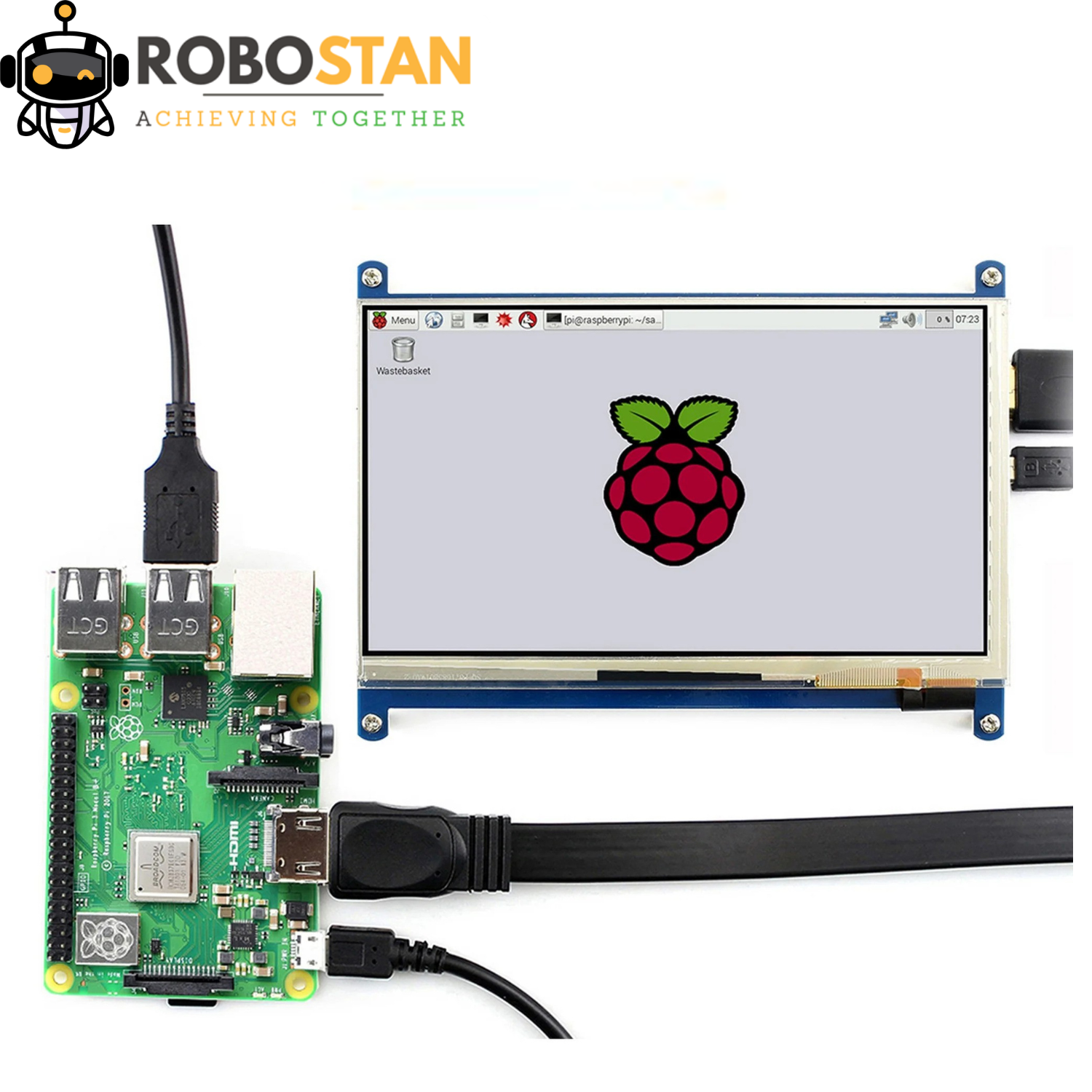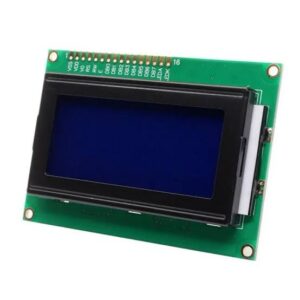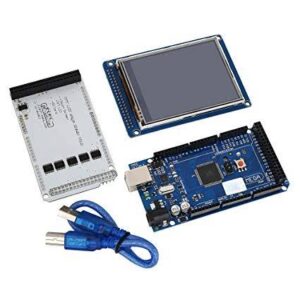7 Inch Hdmi Capacitive Touch Lcd Screen For Raspberry
Original price was: ₨14,000.₨12,250Current price is: ₨12,250.
Features Of 7 Inch Hdmi Capacitive Touch Lcd Screen For Raspberry
- 800×480 high resolution.
- Capacitive touch control.
- Supports Raspberry Pi (Including Pi 3), comes with Raspbian driver (works with your Raspbian directly), and Ubuntu image.
- Supports Banana Pi / Banana Pro, comes with Lubuntu, Raspbian images.
- Supports BB Black, comes with Angstrom image.
- HDMI interface for displaying, USB interface for touch control.
- Back light control to lower power consumption.
- Dimensions: 165×107 (MM).
25 in stock
CompareDescription
7 Inch Hdmi Capacitive Touch Lcd Screen For Raspberry
The 7 Inch Hdmi Capacitive Touch Lcd Screen For Raspberry is a low-cost 7 inch Capacitive Touch Screen LCD, HDMI interface, supports various systems, designed for Raspberry Pi. Both 5″ and 7″ displays have 800×480 pixels, and when used on Windows, at least, will autodetect and set the resolution.
For the Windows OS on PC, the resolution of the LCD is automatically identified. Hence, you do not need to make the relative settings. When working with Raspberry Pi, you should set the resolution of the LCD by yourself, or else the LCD screen will not work. For more detail information, please read the following section.The LCD display comes with preloaded Raspbian driver and Ubuntu image. While the touch display is controlled over the HDMI interface the touch control is done via a USB interface. To reduce the power consumption backlight of the display panel can be switched on/off as per user preference.
NOTE: Touch function is unavailable when the display module is controlled via HDMI interface alone.
Turn on the “backlight” switch then connect the LCD to your Pi (HDMI Port of LCD -> HDMI Port of Pi; USB Port of LCD -> USB Port of Pi; 5V~2A power supply). Download the Raspbian image from Raspberry Pi web site. Write the image to a TF card and append the following lines to the config.txt file which is located in the root of your TF card:







Reviews
There are no reviews yet.